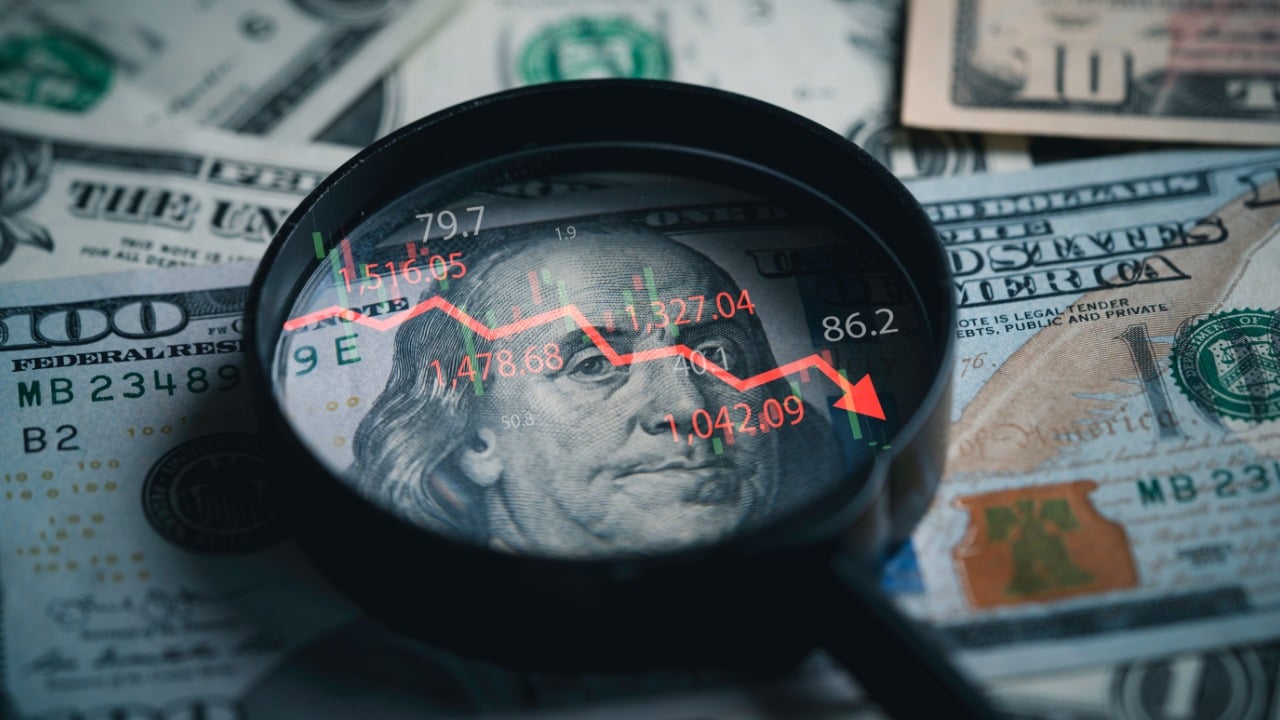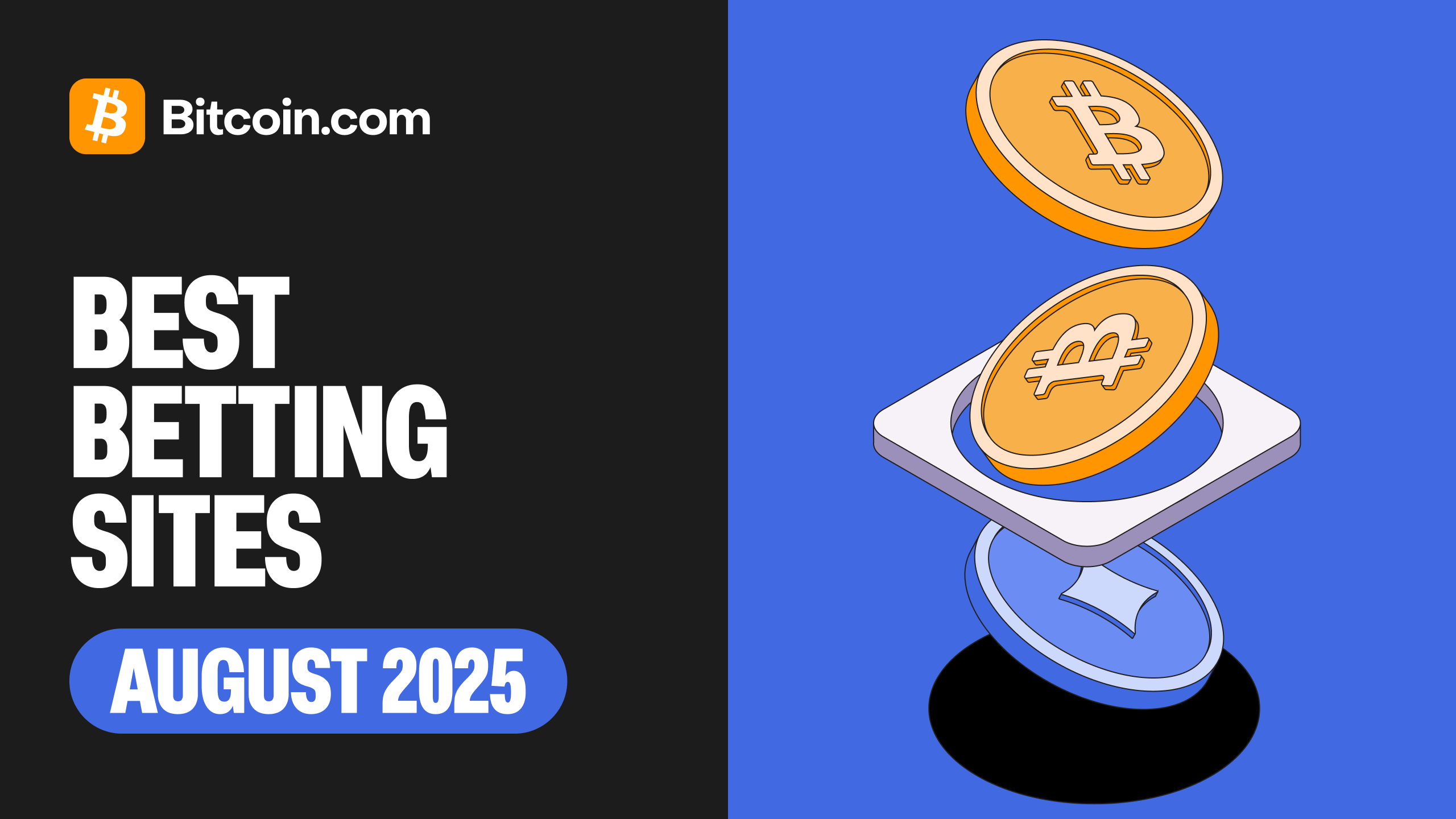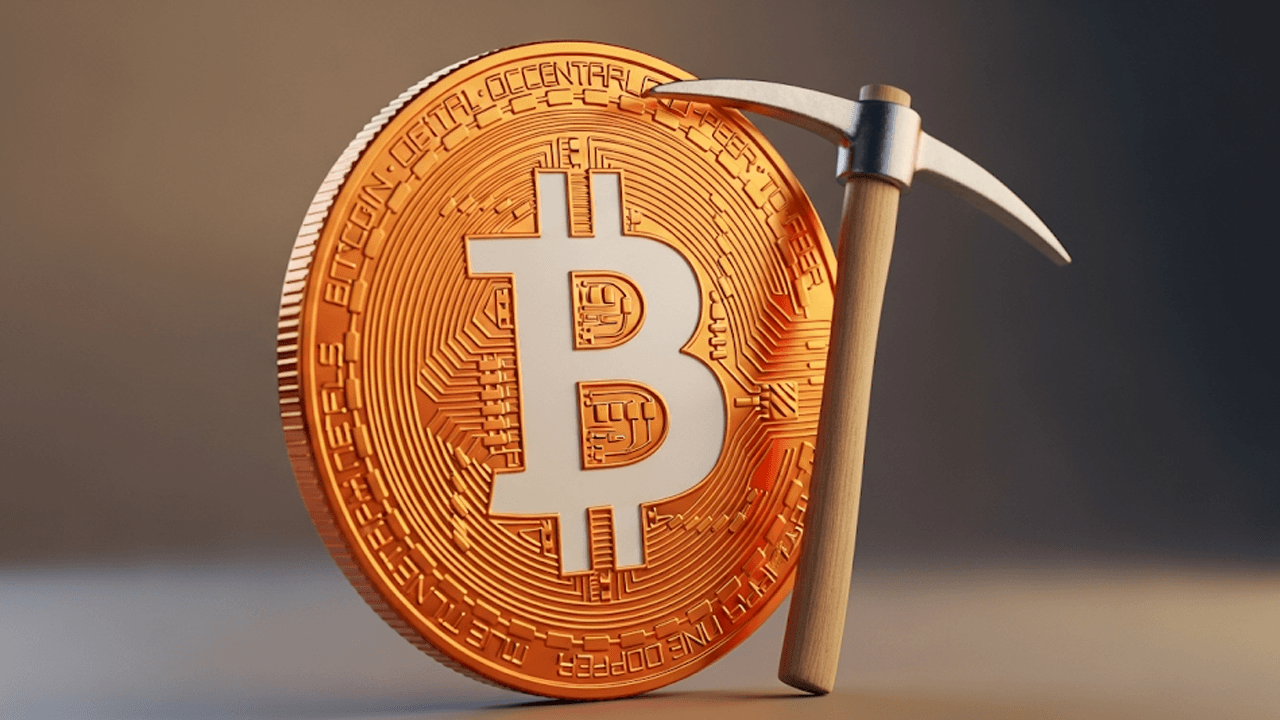The ongoing legal battle between Ripple Labs and the U.S. Securities and Exchange Commission (SEC) has been a defining saga in the cryptocurrency world, with far-reaching implications for the broader financial landscape. The case, which began in late 2020, centers on whether Ripple’s XRP token constitutes an unregistered security, a question that has significant ramifications for the future of cryptocurrency regulation in the United States. The latest twist in this legal drama came in May 2025, when District Judge Analisa Torres rejected a proposed $50 million settlement between Ripple and the SEC, citing procedural impropriety. This decision has left the crypto community in a state of uncertainty, with Ripple, the SEC, and other crypto projects closely watching the developments.
The Background: Ripple vs. SEC
The case against Ripple Labs was initiated by the SEC in December 2020, with the agency accusing the company of conducting an unregistered securities offering through the sale of XRP tokens. The SEC alleged that Ripple had raised $1.3 billion through these sales, primarily to institutional investors. The crux of the matter was whether XRP should be classified as a security, subject to the SEC’s regulatory oversight.
In a landmark ruling in 2023, Judge Analisa Torres provided a nuanced decision. She determined that XRP sales to retail investors via crypto exchanges did not constitute securities offerings. However, she ruled that institutional sales of XRP did violate securities laws. This decision was seen as a partial victory for both sides—Ripple could claim some vindication, while the SEC could point to a partial win.
Settlement Attempts and Twists
After years of legal proceedings, Ripple and the SEC signaled in 2025 that they were ready to settle the matter. Initial discussions revolved around a $125 million penalty and an injunction against certain XRP activities. However, both parties eventually agreed to a reduced $50 million fine, the immediate lifting of XRP sales restrictions, and the return of $75 million in escrowed funds to Ripple. This proposal was seen as a fair and efficient resolution by both parties.
However, Judge Torres’ rejection of the joint motion derailed these expectations. The judge found the motion to be procedurally improper, as it failed to meet established legal requirements for settlements at this stage in litigation. Additionally, the parties did not demonstrate how the proposed resolution would serve the public interest. This decision highlighted the court’s need for transparency and adherence to clear procedural steps, even in high-stakes litigation.
Why Did Judge Torres Block the $50 Million Settlement?
Judge Torres’ decision was not based on the merits of the $50 million amount or the conduct in question. Instead, it was a procedural pushback, emphasizing the importance of following established legal protocols. The judge’s concern was that settlements defining the scope of U.S. securities law for crypto assets should not be rushed. The court’s hesitation reflects a broader question: Should such significant regulatory matters be resolved quickly, or should they undergo rigorous scrutiny to ensure they serve the public interest?
The rejection of the settlement also underscores the complexity of crypto regulation. The rapidly evolving nature of the crypto world requires careful consideration of how regulatory decisions will impact the industry and the broader financial markets. The court’s decision to slow down the process is a reminder that the stakes are high, and the implications of any settlement will resonate far beyond the immediate parties involved.
The Fallout: XRP Markets and Industry Reaction
The news of Judge Torres’ decision had an immediate impact on the XRP market. The token’s price dropped by approximately 4% in 24 hours, trading around $2.13. This price fluctuation reflected the renewed anxiety among investors about regulatory risks and the uncertain timeline for a final resolution.
Legal experts have been closely analyzing the judge’s ruling and the motions filed. Some view the rejection as a minor setback—a call for procedural tidiness rather than a substantive rebuke of the settlement terms. Others argue that the delay exposes vulnerabilities in Ripple’s strategy, potentially leading to greater scrutiny of past and ongoing XRP sales and Ripple’s disclosures.
The crypto industry is also watching the case closely, as the outcome could set a precedent for how to structure compliant token offerings. If Ripple ultimately prevails, it could provide a roadmap for other crypto projects, potentially leading to a more favorable regulatory environment. However, if the case drags on or results in a more punitive outcome, it could have a chilling effect on new token projects, incentivizing companies to avoid U.S. markets or seek more creative compliance strategies.
What’s Next? The Path Forward for Ripple and the SEC
The immediate next step for both legal teams is to refile the joint motion under Federal Rule of Civil Procedure 60, which governs relief from judgment or orders. This refiling must explicitly outline how the $50 million deal resolves underlying issues, addresses injunctions, and advances the public interest. The revised motion will likely require detailed admissions, clear frameworks for compliance, and arguments for why the deal sends the right signal to markets and stakeholders.
The SEC is expected to submit a status report by August 15, 2025, which will provide further clarity on the timeline and potential outcome of the case. If Judge Torres is satisfied with the revised motion and supporting evidence, she is likely to approve the settlement and lift the remaining restrictions on Ripple and XRP sales. However, if the revised motion fails to meet the court’s standards, the legal standoff could continue, potentially impacting Ripple’s operations and investor confidence well into 2026.
Potential for Broader Precedent
The Ripple case is significant not just for Ripple and the SEC but for the broader crypto industry. The outcome of the case will set a precedent for how the SEC approaches enforcement against other crypto issuers. If the $50 million settlement is ultimately approved, it could establish a framework involving retroactive penalties, public interest assessments, and explicit separation between retail and institutional market standards.
However, if the process collapses or further judicial scrutiny leads to a more punitive or prescriptive remedy, the result could be chilling for new token projects. Companies may be incentivized to avoid U.S. markets or seek more creative compliance strategies, potentially stifling innovation in the crypto space.
Internal and External Pressures
For Ripple, finalizing the case is about more than just financial penalties. The company’s reputation, partnerships, and product roadmap are all at stake. The prolonged legal drama has already spooked some institutional partners and delayed expansion efforts. A favorable resolution could help Ripple regain investor confidence and accelerate its growth plans.
For the SEC, the outcome of the case will serve as a barometer for public and Congressional support for their crypto policy. With new leadership at the SEC, the agency must tread carefully to balance enforcement credibility with regulatory flexibility. Appearing too soft could undermine the SEC’s enforcement credibility, while pushing too hard could lead to accusations of regulatory overreach.
Conclusion: A Cautionary Tale and an Inflection Point
Judge Torres’ refusal to rubber-stamp the $50 million settlement in the Ripple case highlights the complexity and significance of crypto regulation in the United States. What might have been the final chapter in a hard-fought legal odyssey has instead turned into an inflection point for the industry. The next few months will test Ripple’s legal acumen and resilience, the SEC’s appetite for shaping crypto’s evolution, and the market’s capacity to price in regulatory risk.
The outcome of the case will have far-reaching implications, not just for Ripple and XRP but for the broader crypto industry. It will shape the rules by which all future digital assets must play, influencing how companies structure their token offerings and how regulators approach enforcement in this rapidly evolving space. As the legal drama unfolds, the crypto community will be watching closely, knowing that the verdict will echo far beyond XRP’s price chart.





